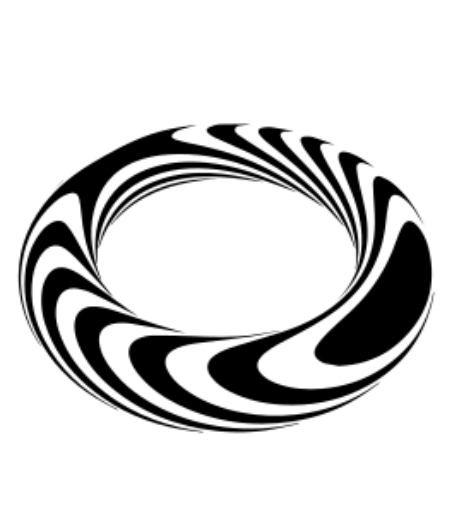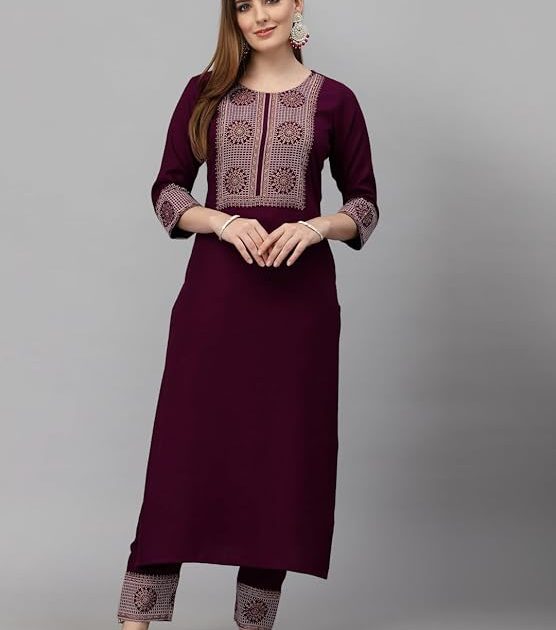Ethnic wear embodies the essence of cultural heritage and traditional artistry, bringing elegance and grace to any occasion. Popular across many cultures, it includes garments like sarees, lehengas, salwar kameez, sherwanis, dhotis, and kurtas, each representing unique regional and historical influences. These outfits are more than just fashion statements; they reflect centuries-old craftsmanship, symbolizing the artistry, colors, and intricate designs characteristic of various cultures.
In India, for example, celebrates the country’s vast cultural diversity, with each state showcasing its own distinct styles. Sarees from different regions have unique weaves, such as Banarasi silk from Varanasi, Kanjeevaram from Tamil Nadu, and Patola from Gujarat, each with distinct patterns, colors, and techniques. Likewise, lehengas, known for their flared skirts, intricate embroidery, and bright colors, are a popular choice for weddings and festivals. Men’s ethnic wear, including kurtas, sherwanis, and dhotis, often feature intricate embellishments and fine fabric, symbolizing elegance and tradition.
Ethnic wear has become increasingly popular not only in traditional celebrations but also in modern fashion, as designers blend classic styles with contemporary elements. This fusion has given rise to a new genre known as “fusion wear,” where ethnic fabrics and motifs are incorporated into Western cuts and silhouettes. Such styles offer versatility, making it easier to incorporate traditional attire into daily wear or semi-formal occasions.
Showing the single result

